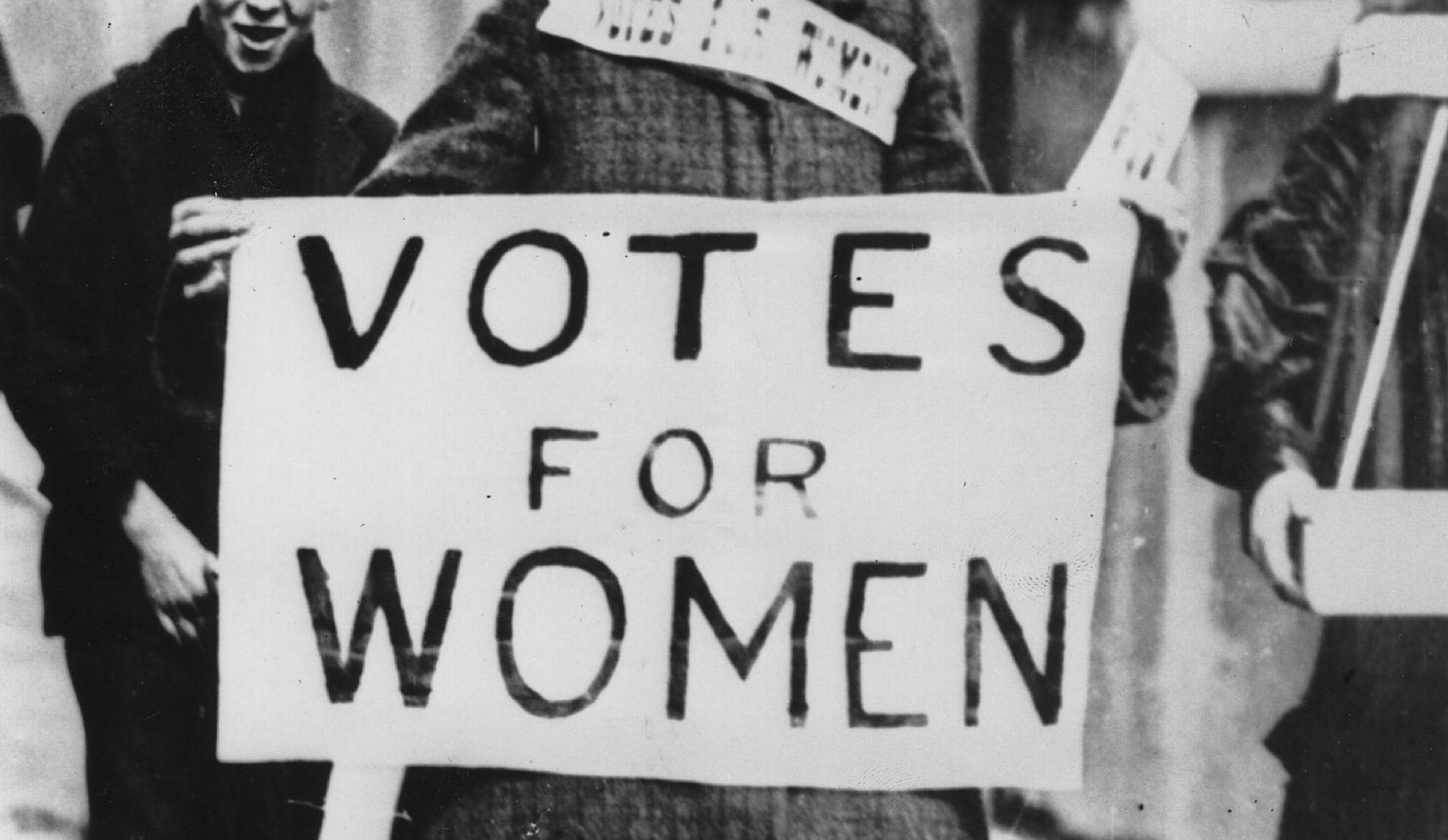Pankhurst, Emmeline. My Own Story. London: Hearst’s International Library Co., Inc, 1914. http://www.gutenberg.org/files/34856/34856-h/34856-h.htm.
My Own Story written by Emmeline Pankhurst details her experiences in the feminist movement in the early 1900s in England. Pankhurst is a notable figurehead of the movement and was actively involved for many years. Not only was she an advocate for women’s rights, but early on, she worked to aid those facing poverty and debt. After this work, she realized that the lives of these people were being negatively impacted by the decisions that men make in office. She reasoned that allowing women to vote and be in office would create more compassion and better the lives of those who needed it most. This was a radical idea for the time, due to the fact that all women were essentially treated as second class citizens. They were not permitted to take part in politics in any aspect. Pankhurst created the Women’s Social and Political Union in the early years of the 1900s. This was to advocate for the women’s rights movement in the area. The women’s suffrage movement in England was well-established during this era. They were actively involved in any number of events; holding protests, going to political events (where they were often removed from the premises), and so on. Despite the mostly peaceful nature of the protests of the time, they were often met with harsh reactions by the police. Many were arrested numerous times. Despite the constant push to allow women to enter into politics, they were not permitted to vote until 1928. After cruel reactions towards protestors and years of being ignored, protests and the movement began taking on a more violent approach. Pankhurst’s involvement and subsequent book provide a unique first hand perspective of the movement. This source allows us to understand personal drives that pushed the feminist movement forward in the early 1900s. Not only was her agenda to help herself and her fellow women, but it was also to benefit other disenfranchised groups. Pankhurst was not just a by-stander witnessing the events take place, but rather, she was involved and ensured that they occurred. This source will be crucial to answering our question about feminism in 20th century England.
Emmeline Pankhurst, The World-famed Leader of the English Suffragettes. New York: J.B. Pond Lyceum Bureau, 1909. Online text, https://www.loc.gov/item/rbcmiller001254.
The short primary source, Emmeline Pankhurst, The World-famed Leader of the English Suffragettes, briefly goes over Emmeline Pankhurst’s history. From the start of her life, she was surrounded by politicians that were highly radical. As she progressed through life, she married Dr. Pankhurst who was already a part of the women’s suffrage movement in England. She joined the Women’s Suffrage Society and became an active member, helping to push along bills that aided in women’s rights. After her work with disenfranchised groups, she furthered her involvement in the women’s suffrage movement. Her delving into the center of the movement made her a prominent figure in the movement. She was often arrested for her work, usually on charges that were not able to be proven. The end of this source spoke on Pankhurst’s importance to the movement and that her impending arrival to the city was for the benefit of the citizens.
Not only does this source further explain the work that Emmeline Pankhurst has done for the suffrage movement, but it shows her importance to others. Others viewed her as an important and revolutionary figure. This source is not necessarily a key source for supporting the case directly, but rather it further emphasizes the information from the previous source. Also, it provides a perspective outside of Pankhurst’s own. We are aware of her importance and of the opposition she faced, but we were not knowledgeable on how others perceived her and her work. This shows that she had support from others not directly involved in the movement that she was advocating for. This adds to our question about why the feminist movement of the time was evolving and progressing.
